I really like crypts and cemeteries.
I get that a lot of people think that’s creepy. Whatever. To me, they’re beautiful + fascinating in a melancholy kind of way that I totally dig.
When I was planning out what to see in Europe, I got weirdly giddy over all the crypts and cemeteries we could visit. I mean, I seriously considered making David rent a car so we could drive out from Prague to visit the Bone Church in Kutná Hora. It didn’t work out, but that doesn’t mean we didn’t spend plenty of time with skeletons.
Starting at the Old Jewish Cemetery in Prague, though, definitely set the tone for the rest of our visits with the dead.
See, I didn’t realize before we got there that the Old Jewish Cemetery is connected to Pinkas Synagogue…which is a Holocaust memorial.
I talked about it briefly in my (looooong) Prague travel guide. The interior of the synagogue is decorated only with names + dates. Every Jewish person from the Czech Republic who died during World War 2 is listed, including their birth + death dates. The walls are filled with thousands upon thousands of names.
It’s sobering.
Then you enter the cemetery. Thousands upon thousands of people were buried there between the mid-1400’s and late-1700’s, in part because the city wouldn’t allow Jews to be buried anywhere else. They’re piled on top of one another, making ground level in the cemetery significantly higher than on the street outside the walls. Crooked, broken headstones fill every corner. Many have small stones placed on them to indicate that the people buried below are still remembered.
I couldn’t stop weeping.
Later that same day we visited the cemetery at the Vysehrad fortress. What a difference. It was a lovely place and, as far as I could tell, still in use. The people buried there were well-known, well-loved, and their resting places are well-kept. It didn’t have the same feeling of reverence, though. I enjoyed Vysehrad, but Pinkas and the Old Jewish Cemetery had left an impression that it couldn’t quite match.
After a few more crypts and cemeteries, I started to realize what all those names in Pinkas were really saying.
***
Between Prague and Vienna, we stopped to spend my birthday in Brno, Czechia. Because who wouldn’t want to spend their birthday with piles of skulls?
No? Just me?
Back in the day, when a churchyard cemetery got too full it was common to dig up old graves, put the bones in an ossuary, and use the old grave for new bodies. The one at the church of St. James in Brno was shut down completely in the late 1700’s…and eventually forgotten. It was rediscovered in 2001, which blows my mind. Turns out it holds the remains of over fifty thousand people and is, after Paris, the second largest ossuary in Europe.
Many of the bones have been arranged to make for an interesting visit (check out the pillar of skulls + femurs up there) but the majority are not on display. Because, you know, 50,000 people is a lot. There are a few art installations throughout, the lighting is well-planned, and there’s somber music playing through most of the ossuary. I expected it to be entertainingly macabre. Instead, I was simply stunned by the scope of death.
So. Many. People. And we have no idea who they were.
We also stopped by the Capuchin Monastery in Brno to visit their crypt (shown above). We were the only ones there, which was nice. In contrast with the ossuary, it was a much more intimate + sacred space. The men buried there were Franciscan monks, beloved brothers who had devoted their lives to serving God and His children. Even just writing about it, all the tender feelings I had during our visit are coming back.
I know David felt like taking pictures was a little inappropriate—almost voyeuristic—but I disagreed. They rested so simply, so peacefully. I loved them. Is that weird to say? Because I did. Not in a touristy “oh my gosh I loooooved that place!” kind of way, but in a deeply personal, grateful one.
And then there was Vienna. Home of the Hapsburgs and their infamous egos.
We took a tour of the crypt in St. Stephan’s cathedral, where we got to meet two different kinds of dead people: the wealthy ones and everyone else. (I highly recommend the tour, by the way. It was inexpensive and so informative. Our guide did an amazing job, giving the entire tour in both German and English. Also a choir was practicing in the cathedral, and they burst into a glorious major chord just as our guide unlocked + opened a gate. I couldn’t stop giggling.)
On the one hand, we got to see the sealed metal urns wherein the royal viscera are entombed. That’s right. The king + queen + company had their bodies buried in one crypt, their hearts in another, and their guts in a third. So gross. I guess the idea was that by separating all the parts, they wouldn’t decay as quickly? Or maybe it’d make it harder for someone to steal the royal remains? Regardless, our tour guide told us that a while back one of the urns cracked and the stench was unbelievable. It took several days to identify the source of the stink and take care of it.
Barf.
On the other hand, we got to see mass graves. Entire rooms where they had just tossed in the dead poor folk. When the bodies piled up, they’d seal off the room and start a new one. At one point, so many had died of the plague that the smell made it impossible to hold mass in the cathedral above. The solution? Send down convicts to clean up the rotting corpses so the wealthy people could go to church again.
Double barf.
As we walked past the dead, both revered and forgotten, I thought back to the names on the walls of Pinkas Synagogue. Not one name was larger or more prominent than another. Whoever they were in life, they were equals now. Even the proud Hapsburgs, trying to maintain their wealth + status even after death, were buried only feet away from the peasants they ruled + ignored.
Everyone dies. In that regard, not one of us is better than another. We are equals.
At the same time, every life is precious. Each of those skulls we saw, each mummified monk, each jar of intestines, each crumbling headstone…those were people. Someone’s child, sibling, parent, spouse, friend. They had interests, fears, dreams, sorrows, lives. And when they died—whether in a lavish palace or an impoverished hut—humanity was a little bit smaller for the loss.
While I will never know the names of all the dead people I met in the crypts and cemeteries of central Europe, I mourn for them all the same. Because each one was a person. And every person—regardless of where they lived, how much they owned, what they looked like, who they loved, or how they died—matters.
***
Photos: Ossuary at the Church of St. James in Brno, Czech Republic || Pinkas Synagogue & Holocaust Memorial in Prague, Czech Republic || Old Jewish Cemetery in Prague || Ossuary in Brno || Capuchin Monastery Crypts in Brno || same || St. Stephan’s Cathedral in Vienna, Austria || Karlskirche in Vienna
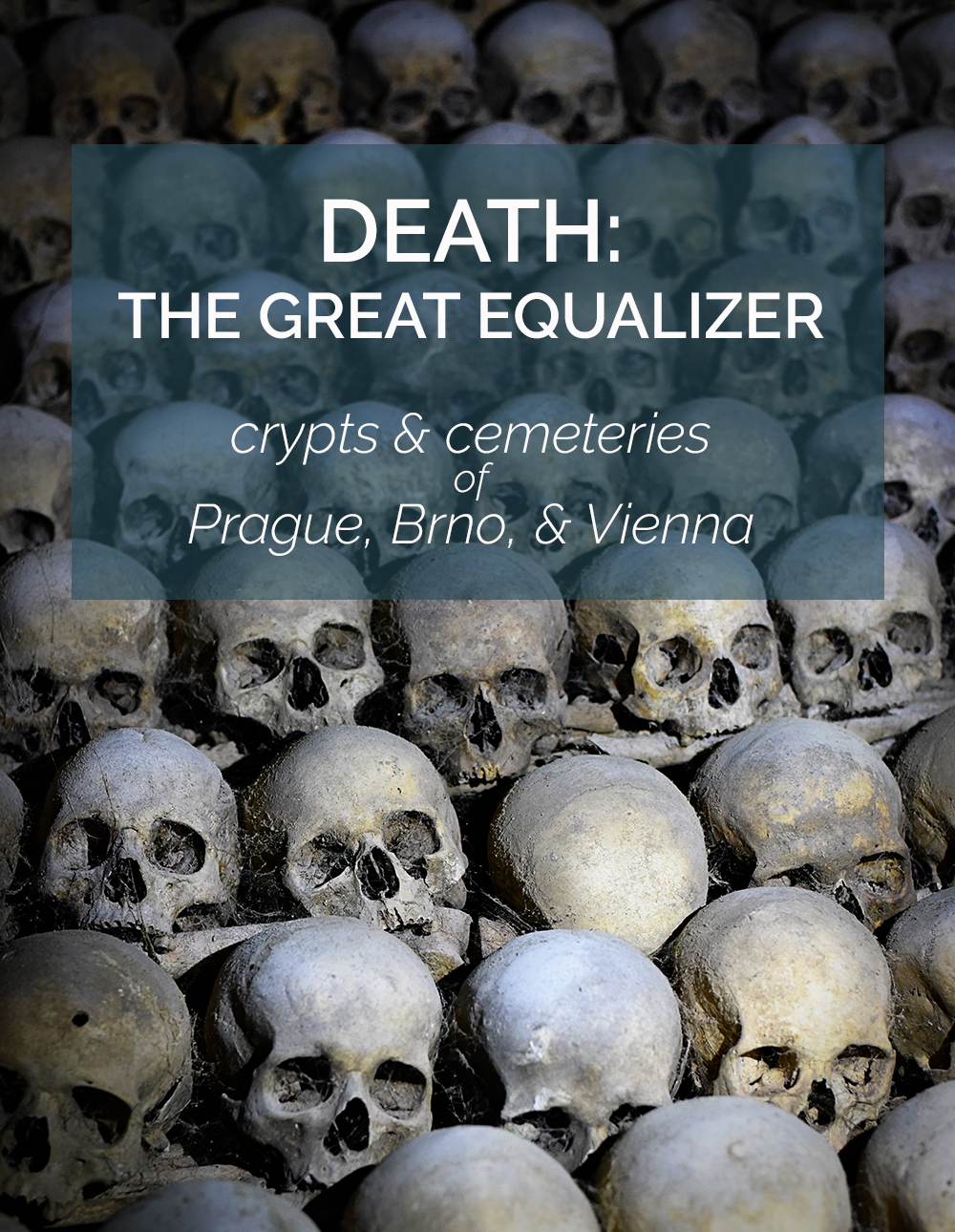
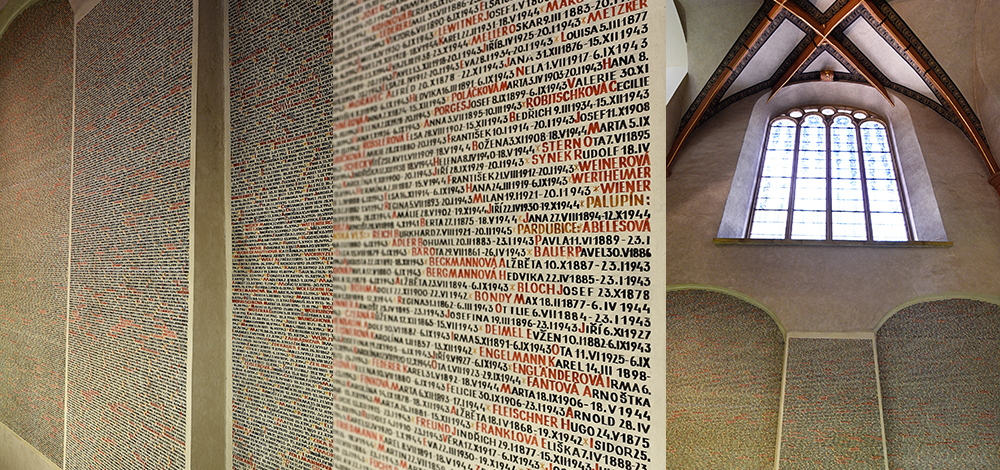
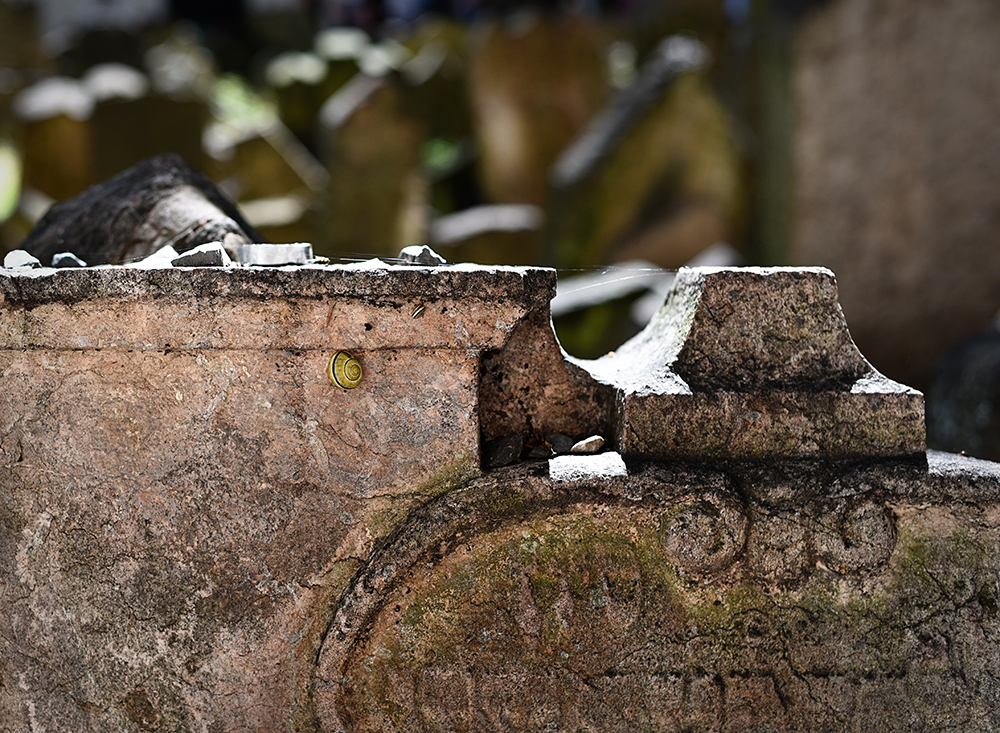
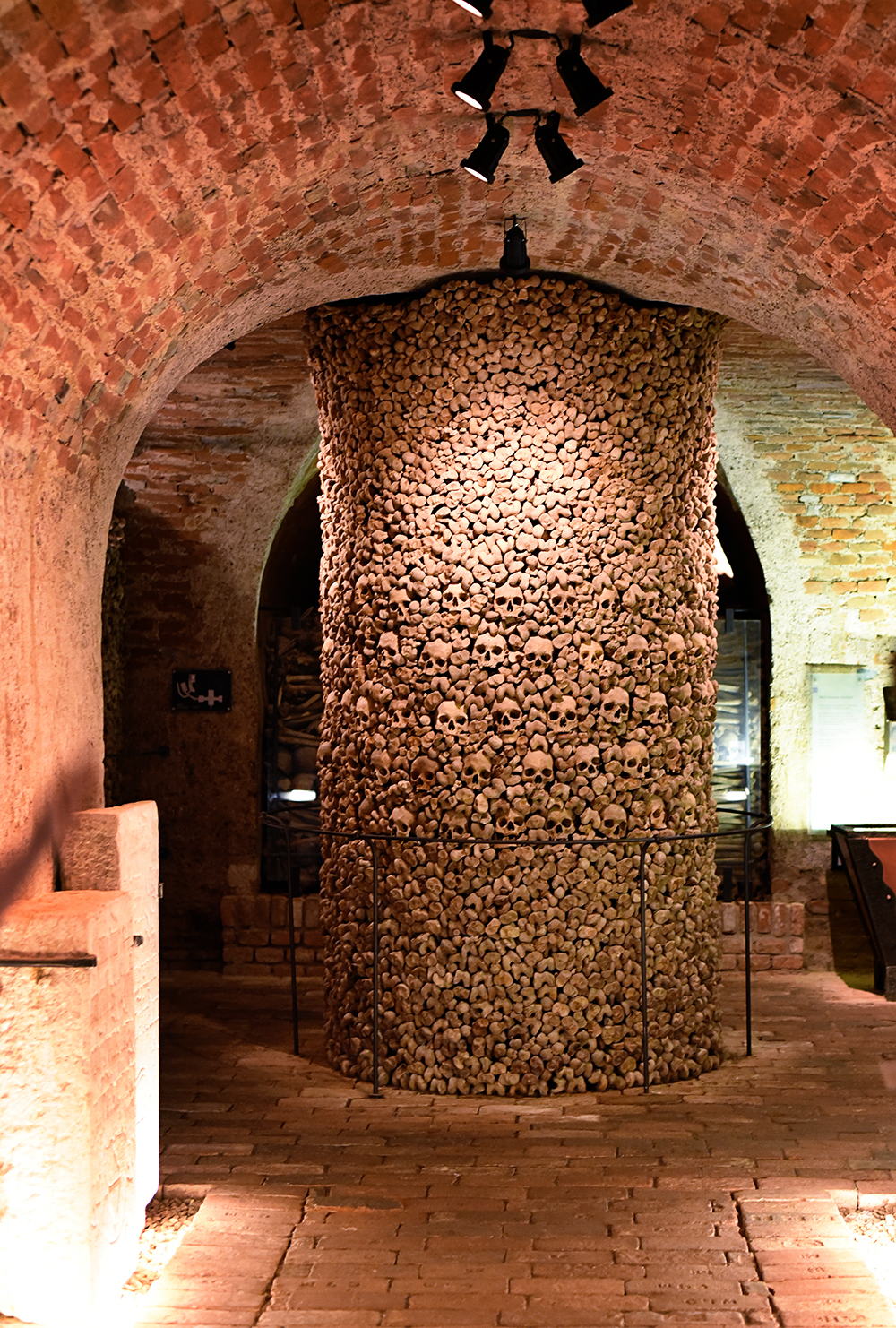
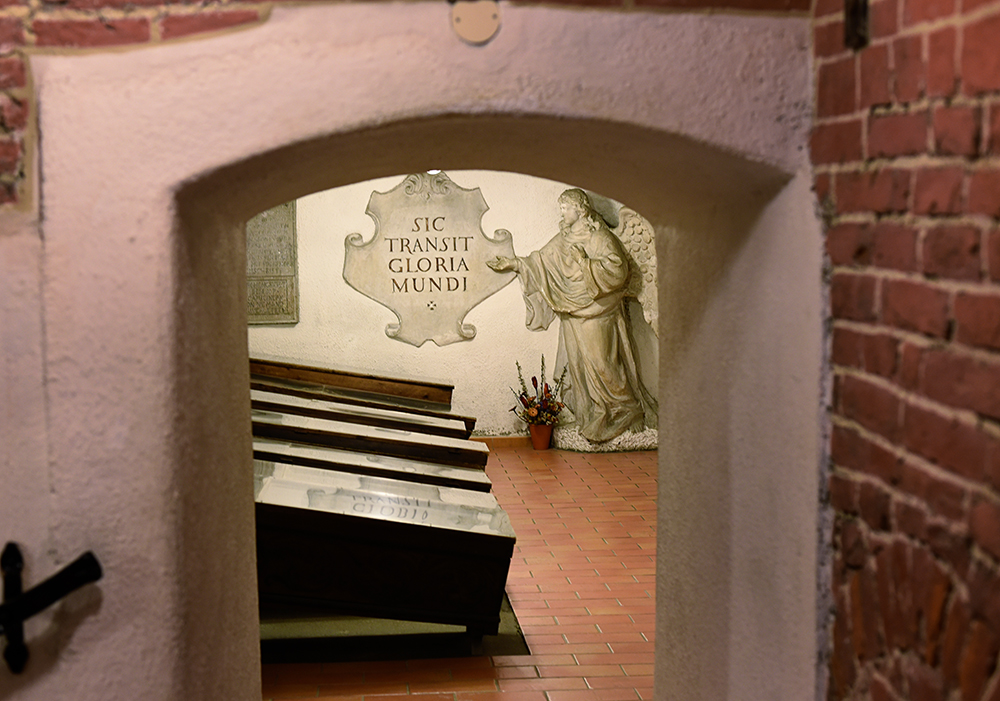
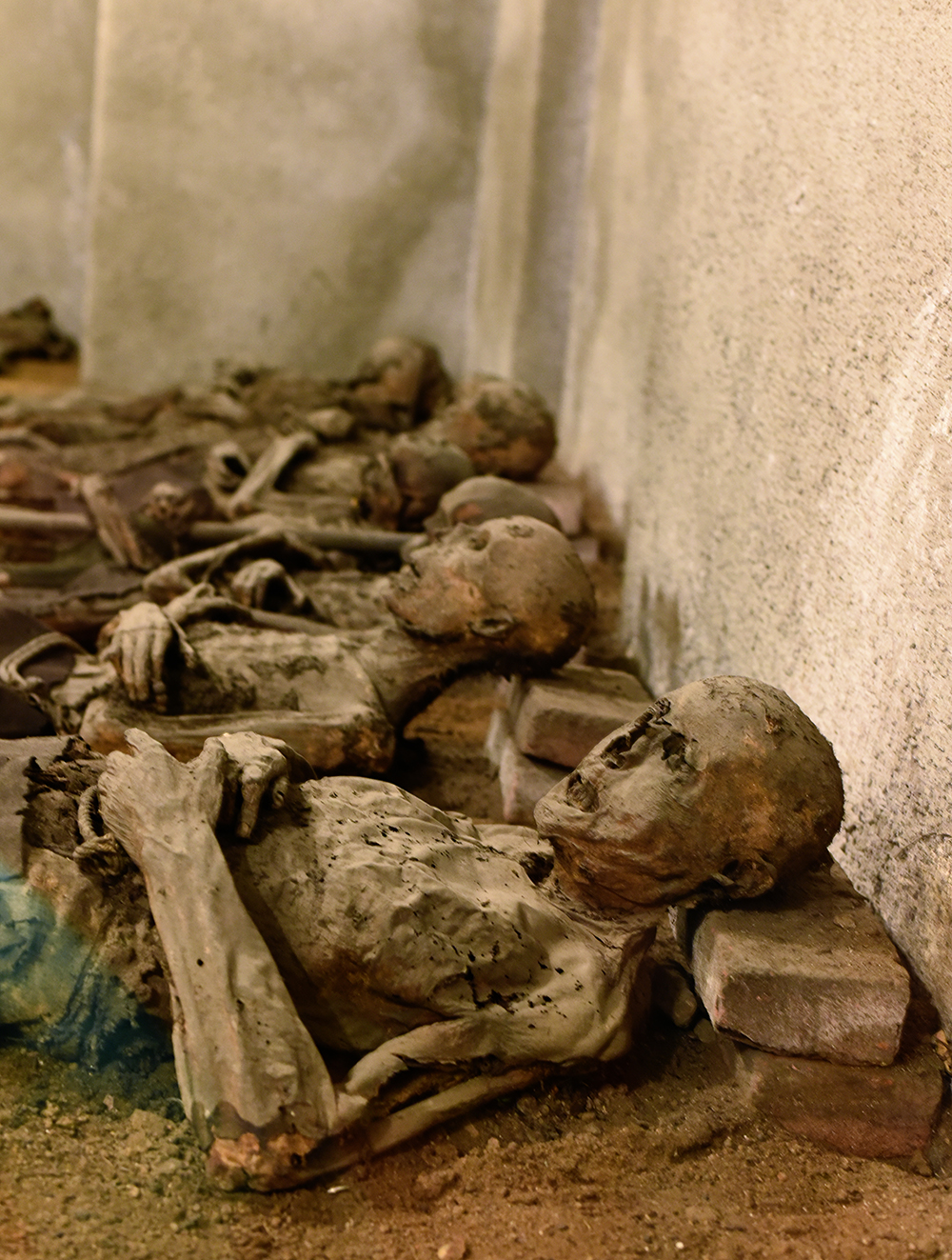

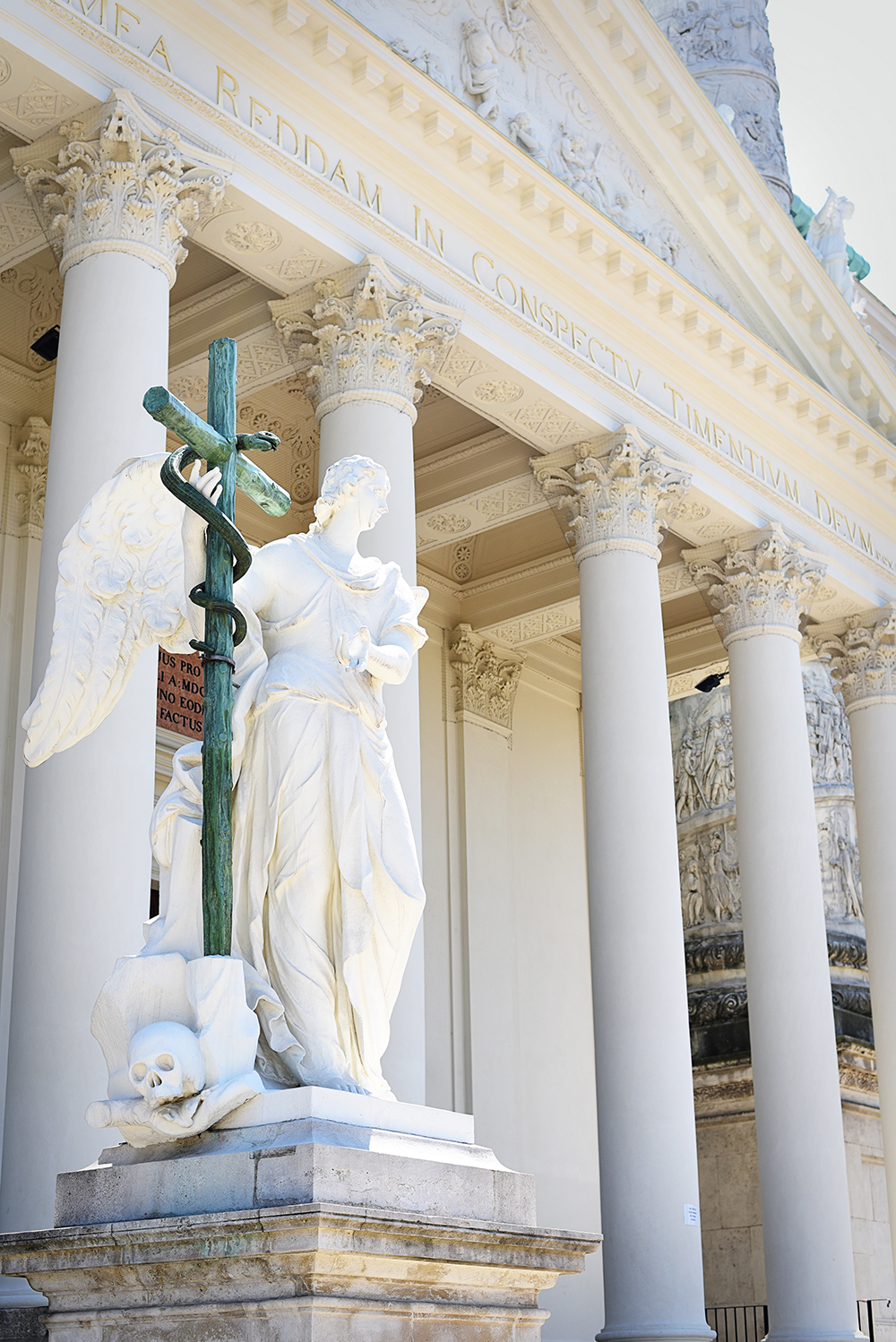

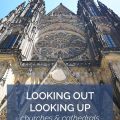

This post was so moving and stunning. Thank you for sharing. Your photos are beautiful.
I love, love, love, love cemeteries. I love taking time to read the names and hold a little space for that person. When we are gone, that’s all that we could really hope for right? That maybe our names might be remembered in some way still, that we were once here.